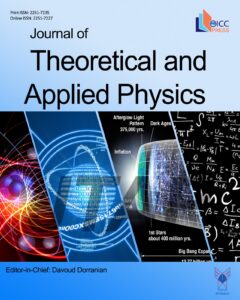Luminescent properties of lanthanide dibenzoylmethide triethylammonium compounds
Authors
Abstract
AbstractTriboluminescence (TL) is defined as the emission of cold light based on mechanical action. In 1999, Sage and Geddes used this property to design a sensor capable of discerning the location of impacts. By coating a structure with various triboluminescent materials, impacts to structures could be monitored with simple light detectors. However, the intensity of most materials is very low. Of the thousands of known triboluminescent materials, only a few can emit enough light to be seen in daylight. One of these materials is europium dibenzoylmethide triethylammonium (EuD4TEA). This material shows 206% of the TL yield compared to the more commonly known manganese-doped zinc sulfide. Due to the high TL yield of EuD4TEA, exploration of the lanthanide series compounds was attempted for different emission wavelengths. This will help to monitor the locations of impacts on structures. This paper will investigate the TL yields, TL decay times, and the spectra of various lanthanide dibenzoylmethide triethylammonium compounds.PACS78.60.Mq, 78.55.Bq, 71.20.Eh



